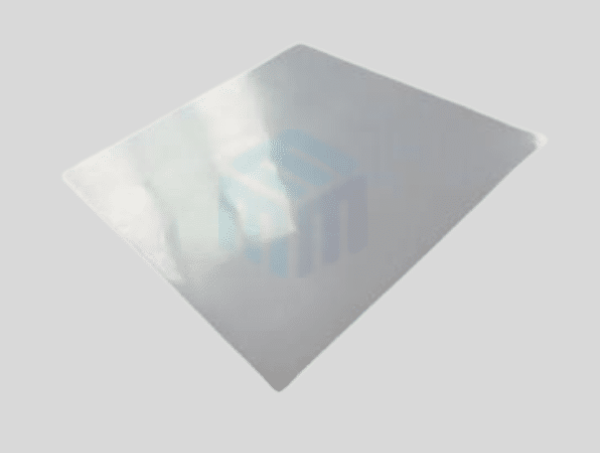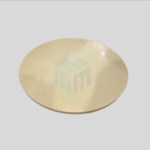Zirconia (ZrO₂) polished sheets are high-performance ceramic substrates known for their exceptional strength, chemical resistance, and refined surface finish. These advanced materials are used across diverse industries—from biomedical devices to high-temperature furnaces—where precision, durability, and performance are non-negotiable.
In this guide, we’ll explore what zirconia polished sheets are, how they’re manufactured, their key properties, and where they’re most commonly applied.
What Is a Zirconia Polished Sheet?
Zirconia polished sheets are flat ceramic plates made from stabilized zirconium dioxide. These sheets are mechanically polished to achieve a high-gloss, low-roughness surface. Due to zirconia’s superior toughness and hardness, these sheets are ideal for demanding applications that require wear resistance, biocompatibility, and aesthetic appeal.
At M-Kube, we supply zirconia components, crucibles, and other analytical ceramics for high-performance laboratory and industrial use.
Manufacturing Process of Zirconia Polished Sheets
The production of zirconia polished sheets involves several precision-controlled steps to ensure performance and consistency:
- Powder Preparation & Stabilization
High-purity zirconium dioxide is blended with stabilizers (such as yttria) to improve thermal and structural stability.
- Forming
The ceramic powder is compacted into sheet forms using dry pressing or tape casting, ensuring uniform thickness and density.
- Sintering
Sheets are sintered at temperatures up to 1500°C to achieve full density and hardness while minimizing porosity.
- Polishing
Advanced mechanical polishing techniques bring surface roughness down to Ra < 0.05 µm, creating a mirror-like finish suitable for optical and electronic uses.
Properties & Applications of Zirconia Polished Sheets
Key Properties of Zirconia Polished Sheets:
- Exceptional Hardness: Zirconia is harder than alumina, making it more resistant to cracking and wear.
- High Flexural Strength: Ideal for structural components under stress.
- Thermal Stability: Operates reliably at elevated temperatures (~1000°C).
- Chemical Inertness: Resists corrosion from acids, alkalis, and organic solvents.
- Biocompatibility: Safe for use in biomedical devices and implants.
- Low Surface Roughness: Polished finish ensures cleanroom compatibility and precision contact.
Common Applications of Zirconia Polished Sheets :
- Semiconductor and Electronics: Substrates and insulators in microelectronic devices
- Medical Devices: Used in dental prosthetics, implants, and surgical tools
- High-Temperature Furnaces: As setters, spacers, and supports in kilns and sintering processes
- Optical Equipment: Stable and reflective mounts for lasers and lenses
- Chemical Analysis Labs: Sample holders and supports in harsh chemical environments
Conclusion
Zirconia polished sheets represent the pinnacle of ceramic material performance—delivering strength, durability, and polish that make them a preferred choice for critical applications. Whether you’re in R&D, production, or medical technology, zirconia sheets offer unmatched advantages in high-performance environments.






